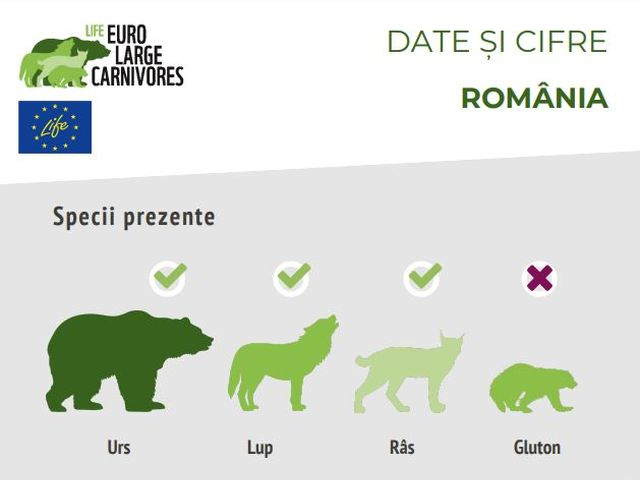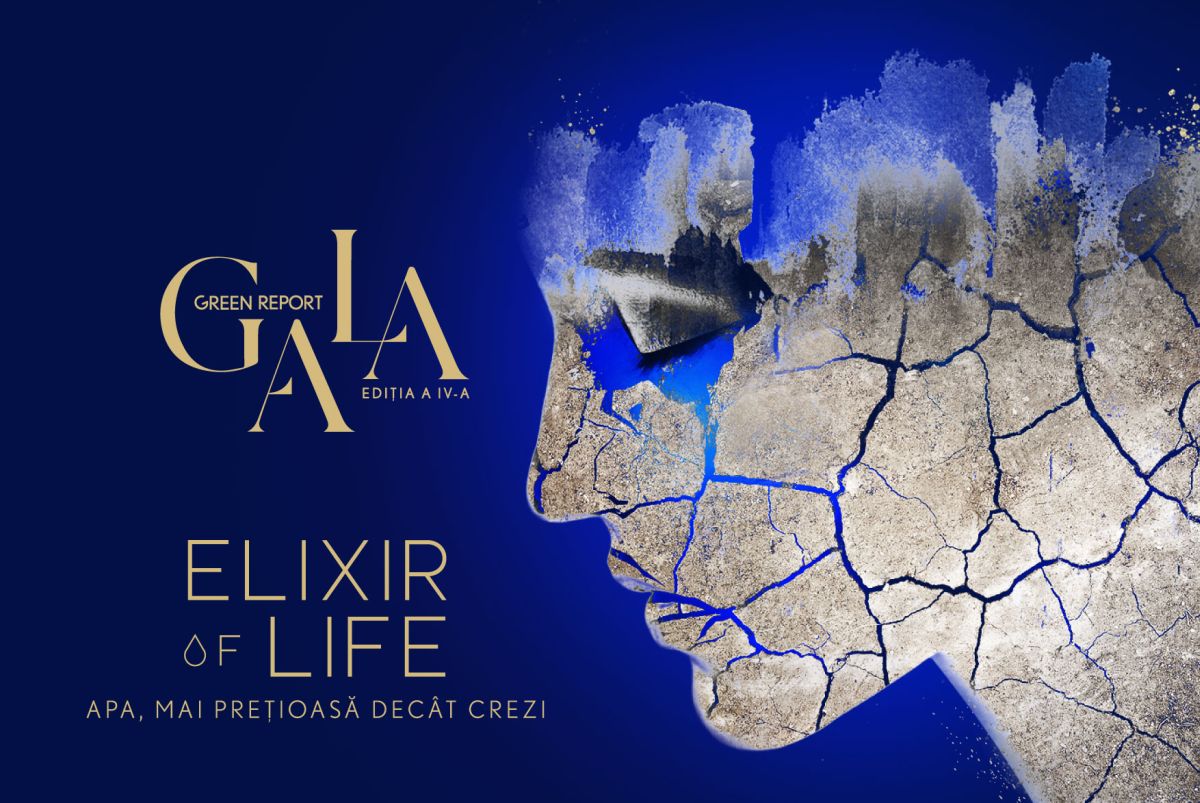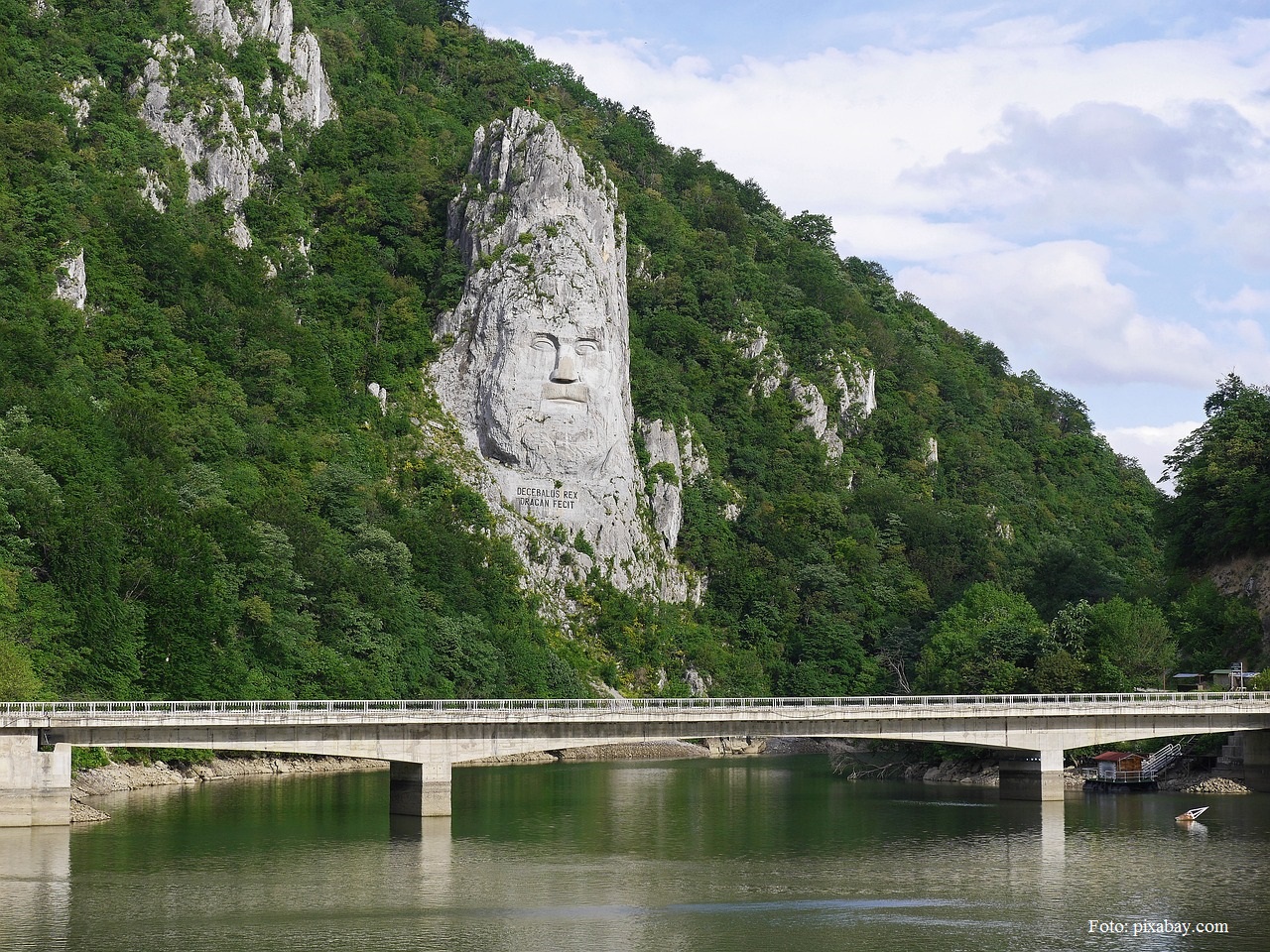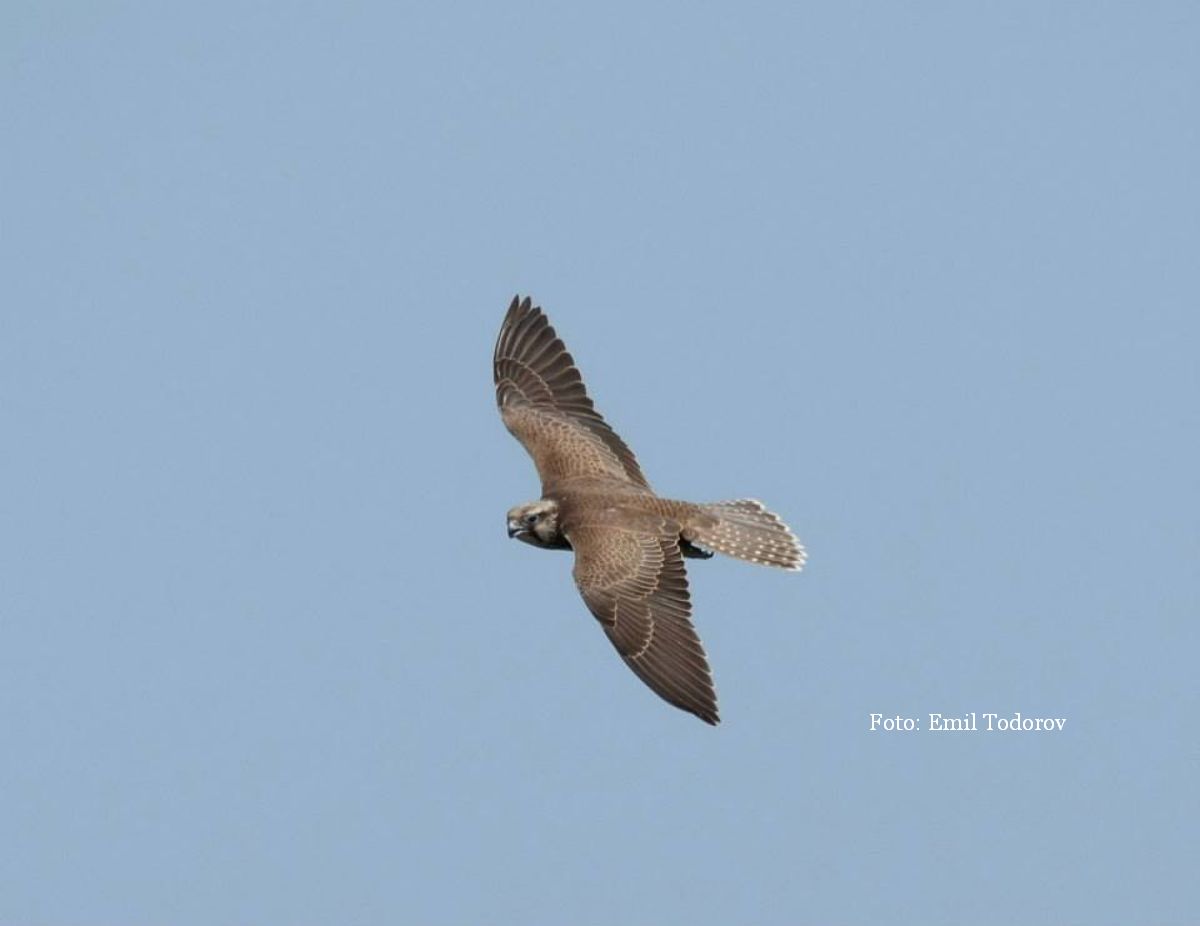Bears, Wolves and Bobcats
The international Life-Euro Large Carnivores, partially financed by the EU, of which Romania is a part of, is nearing its end

Eugen Coroianu, 27.01.2022, 19:14
The international Life-Euro Large Carnivores, partially financed by the EU, of which Romania is a part of, is nearing its end. It is aimed at improving coexistence between people and large sized carnivores in Europe. For almost five years, through cross-border cooperation and communication, solutions were sought to prove that bears, wolves, and bobcats are a richness, not a problem. The program was aimed at helping these wonderful animals live in their habitats, crossing paths with people as seldom as possible. In fact, coexistence between people and large carnivores over the centuries took many compromises and adaptations on both sides. The explosion in human habitat and infrastructure in the last century has drastically reduced the size of the habitat of animals, and has significantly disturbed the life of many species. As the World Wide Fund organization has shown, the expansion of forest exploitation, of transportation infrastructure, of tourism, construction, and farming, but also excessive hunting of the food base of large carnivores, has had a major impact on the behavior of bears, wolves, and bobcats. We asked Marius Berchi, WWF expert and manager of the Life-Euro Large Carnivores in Romania, what the main issues are at this point: ]
“The issues we face, I would say, come from the fact that the areas in which people carry out activities are expanding, and are overlapping with wild areas. This has direct effects, such as attacks on people, or indirect ones, such as material damage and economic losses. There is also management of fauna, such as complementary feeding, which contributes to wild animals getting used to people, and improper waste management. Of course, people sometimes get attacked by bears, sometimes fatally, but so far there are no registered attacks by wolves against people.”
In order for it to be successful, reducing conflict between people and large carnivores takes continual dialog and cooperation, but also consensus between all actors involved. We are talking about decision makers, local communities and administrators, environmental agencies, forest rangers, farmers, researchers, NGOs, and tourism operators, and that is not all. Marius Berchi told us what WWF Romania has done to this end:
“In terms of damage produced, we proposed a provision for payment as part of the National Strategic Plan issued as part of the Common Agricultural Policy. As a result, animal breeders could get financial assistance to increase their prevention measures and equipment. This could be purchasing electric fences, guard dogs, and even bear-proof garbage cans. Then we managed to put together a regional coexistence platform in the Apuseni Mountains. It gathers together animal farmers, hunters, and many representatives of institutions that are not directly interested in the issue. Another important result was that we tried, and I think we managed, to increase the capacity of institutions. We managed to organize a few training sessions, and I will give two examples: one was held last autumn, to implement a system of evaluating and monitoring the national population of wolves, and another one being held right now. They are aimed at quick response teams, which include mayors, gendarmes, hunters, and vets. We had information activities among farmers regarding the steps they should take in order to get compensation for damages. We donated prevention equipment as part of the project, such as electric fences and bear spray cans. One important contribution we had was on the side of legislation and policy, trying to maintain a balance in providing balanced management of bears, and we had a major contribution to developing the International Action Plan for the Conservation of Large Carnivores in the Carpathian Mountains.”
The European population of bears, wolves, and bobcats has been on the increase in the last few decades. Statistics show that the population of bears is around 18,000, of which 6,700 are in Romania alone. Also, 1,200 bobcats live here, out of a total of 9,000 on the continent. In spite of their importance, wolves have been exterminated in most European countries over the last two centuries, reaching an extreme low in the mid 20th century. In Romania, they were never wiped out, however, and official data shows that they have a stable population of 2,500 to 2,900 wolves, mostly in the high hills and low mountains.






























